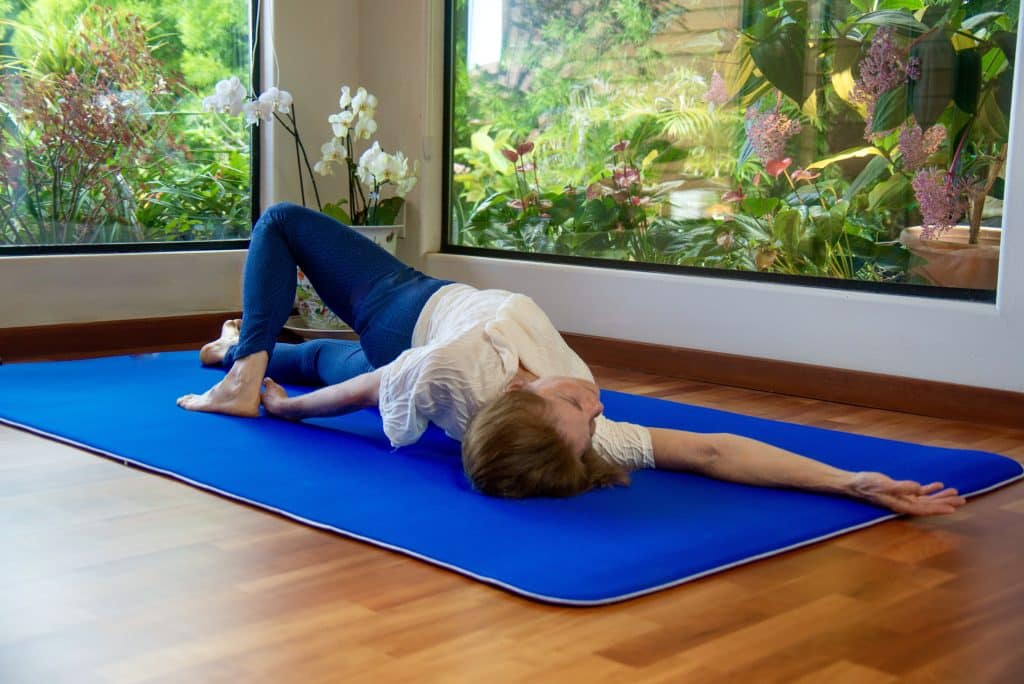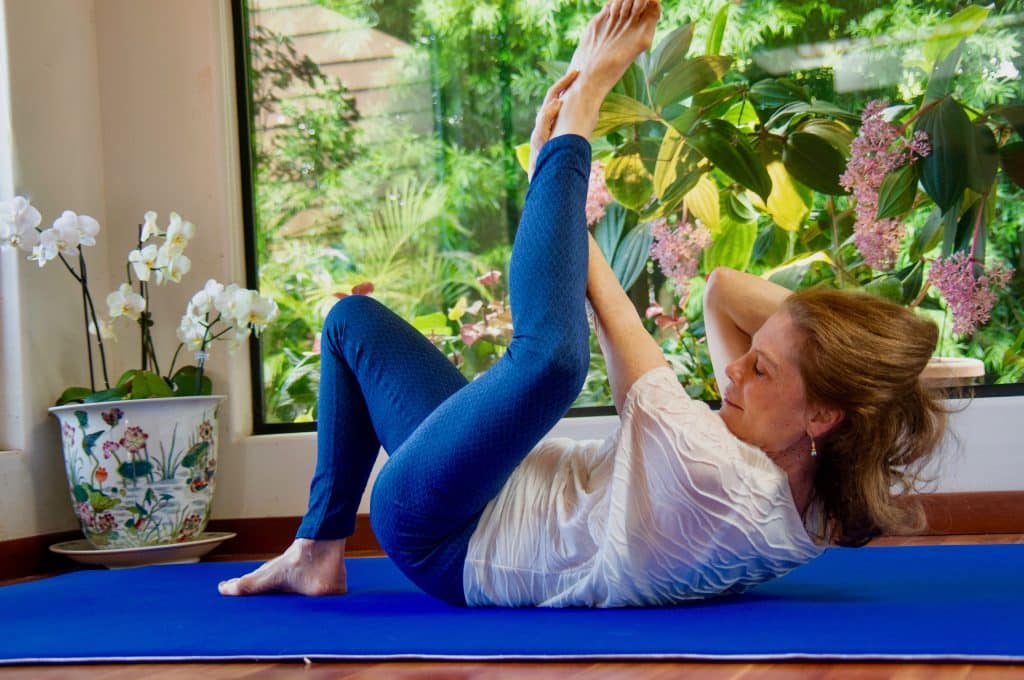Somatic Movement Repatterning

Most people are unaware that muscles have no will of their own. Muscles rely solely on a signal or message from the brain in order to contract. When not in use a healthy muscle returns to its resting length and releases the contraction. But, when, through injury, misuse or habitual use patterns muscles stay contracted it is because the brain is signaling the muscle to do so. Through a guided process of self-sensing while voluntarily contracting then relaxing a muscle one can reprogram the brain and thereby change the motor or muscle response to return to itʼs natural state of rest and ease.
After this resetting of muscle length has occurred it may be necessary to reinforce the change through repeating a movement sequence until the new pattern has become well established.
How Does Somatics Work?

Can you imagine if you had to think about how to lift a coffee cup to your mouth or how to bend down and pick something up each time you needed to? But what about the learned patterns that don’t serve us? We’ve all experienced sitting at a computer and slumping. When we habitually repeat a pattern of slumping over time it results in chronic neck, shoulder and mid back pain. In order to change an involuntary, chronically contracted muscle one must relearn a new pattern by using the frontal cortex of the brain. Through accessing the brains frontal cortex we can intentionally reset the habitually contracted muscles back to resting length so that your body remembers where the “off switch” is when muscles are not in use.
It is important to know that pain is a result of sustained muscle contraction. This contraction is being signaled by the brain to the muscle. A muscle that is contracted at 10% will be very tired and firm. 20% contraction and it will result in a muscle that is tired, very firm and sore. 40% contraction defines a muscle spasm and it will feel tired, hard, weak and quite painful.
As your practitioner I will guide you through a series of passive and active movement sequences. As you explore these movements you will become aware of your own habitual way of moving and the substitutions you have adapted to “get the job done”. When we discover these areas of “amnesia” you will be asked to make a specific voluntary contraction followed by a slow controlled release so as to remind the brain-body how to return to it’s natural, relaxed state of rest. As we begin to re-awaken what has temporarily been placed “on hold” in your body you will begin to reclaim freedom, aliveness and a restoration to pain free motion.
The single greatest cause of pain is chronic and habitual dysfunctional movement patterns.
Through years of repetition we become imprisoned by our own engrained habits. The longer we live and move repeating stressful patterns of movement the more automatic they become.
The good news is that the brain is always, at any age, able to learn new ways of moving as an integrated whole.
